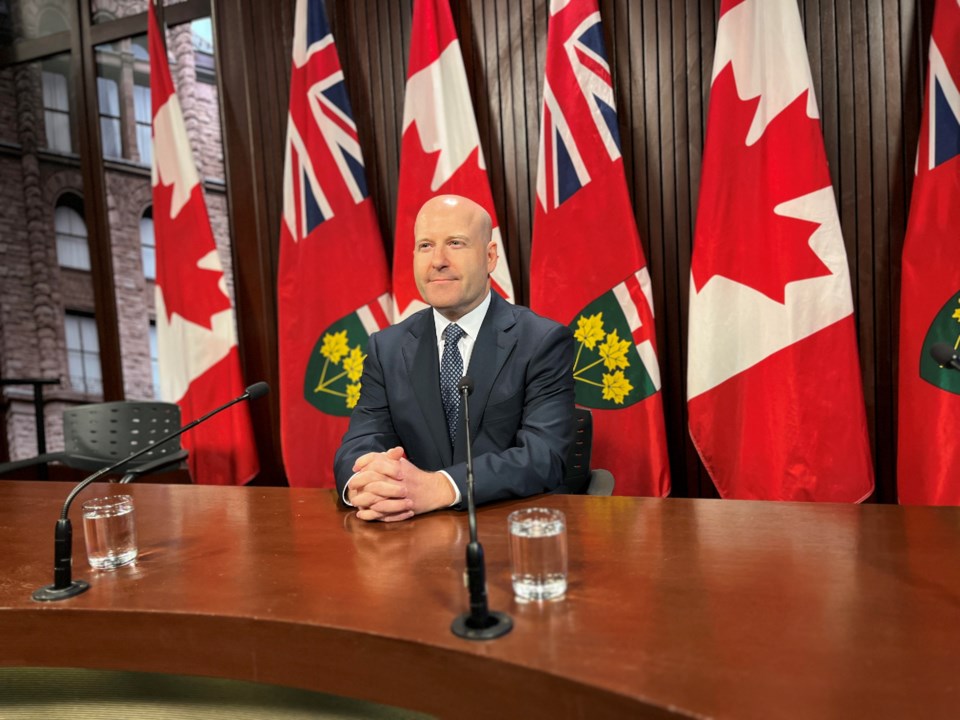Ontario's financial watchdog is warning the province that the impact of climate change on the province's infrastructure portfolio will add billions every year to the cost of maintaining it in good repair.
In the final report in a series about the impact of climate change on public infrastructure, the FAO concluded the province can mitigate some of those costs by proactively adapting infrastructure to the new climate reality, that sees more days of extreme heat, more extreme rainfall events and fewer freeze-thaw cycles.
In the absence of adaptation, those climate hazards are expected to cost the province $4.1 billion per year on average over the century — assuming a medium emissions scenario would see that global emissions peak in the 2040s, then decline rapidly. Under the same scenario, the cost would be $3 billion per year, on average, if the province takes a proactive approach to adapting infrastructure at the earliest opportunity.
And the cost would rise if temperatures go beyond the medium-emissions model: the FAO found that public infrastructure costs will rise by about $2 billion per year, on average through the end of the century, for each degree Celsius increase in global mean surface temperatures beyond 0.5°C. In any case, however, the FAO concludes the province can handle the increased cost, finding they'd worsen the net debt-to-GDP ratio by 2.8 to 3.4 percentage points by the 2090s, under the medium scenario.
However, if the province also takes fiscal responsibility for municipalities' climate-related infrastructure costs, the fiscal impact is much larger — it would increase net debt-to-GDP ratio by 15.2 to 16.7 percentage points.
Environment Minister Andrea Khanjin welcomed the report and said the government is working with Infrastructure Ontario to ensure projects are climate resilient.
"If you look at the FAO report, it confirms that things like the carbon tax aren't working and that we have to invest in critical infrastructure, which our government has been doing," she told reporters at Queen's Park.
Pressed to elaborate she said that this is because the carbon tax "doesn't go directly to infrastructure."
Green Leader Mike Schreiner said he didn't agree with her and didn't understand how she could draw that conclusion from the report, which did not evaluate the impact of the federal carbon tax.
"What the FAO has shown is that we need to take aggressive action to rapidly reduce climate pollution because the cost of the climate crisis is going to be $4.1 billion just for public infrastructure alone," he said, adding that this doesn't take into account the cost of damage to privately owned infrastructure nor the repercussions of increasing natural disasters.
"We as taxpayers are going to be on the hook for responding to extreme flooding events, wildfires, tornadoes and other climate-fuelled events.
It was a question from Schreiner that initially prompted the FAO to explore the issue of the cost of climate change on public infrastructure. As a result, the office produced a series of reports in recent years, developing a novel approach to costing the impact of severe weather that's drawn international attention.
This report is to be the final edition of the series. You can read the full report here.




